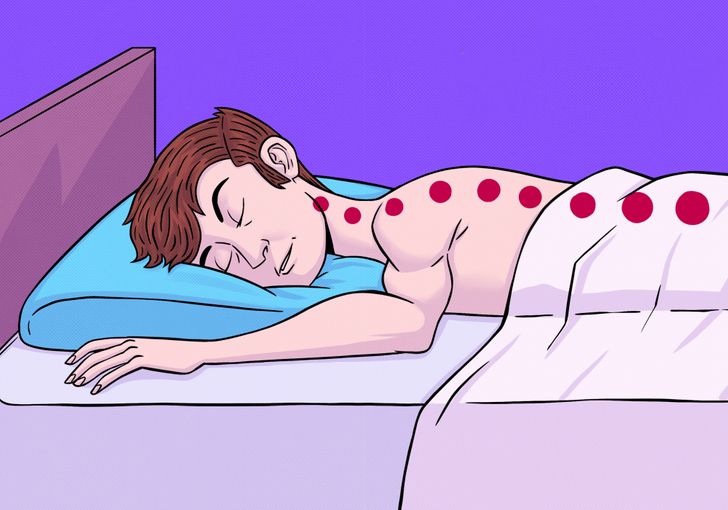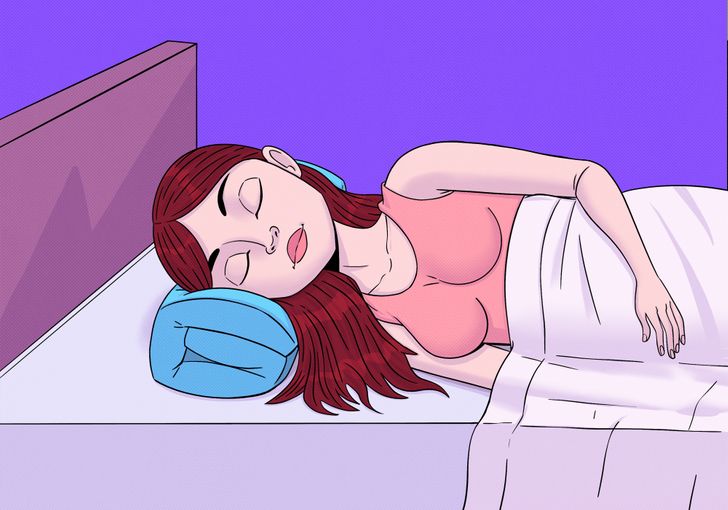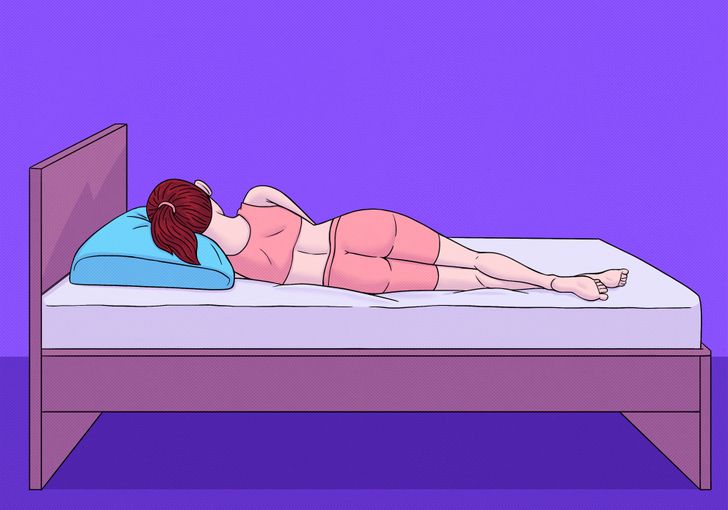11 Stories That Prove Kindness Takes Just a Moment, but Lives On Forever


The first ever pillows were actually hard and were literally made out of stone. Thankfully, nowadays they’re much softer and help us reach a deeper state of sleep. Still, before we go out to pick a new pillow, preferably one that’s adequate to our needs, we should get familiar with sleeping positions and materials, as well as why maintaining an aligned spine matters.
Here at Bright Side, we know the importance of a good night’s sleep, and for that reason, we want to help choose the best pillow for you.

You can only pick the pillow that’s best for you once you’ve identified your sleeping position. There are 3 main types of sleeping positions:

You could sleep with no pillow at all or with a soft pillow that doesn’t cause too much strain on your neck and spine. Sleeping on your stomach is the most stressful position there is. Experts recommend that if you can and are willing to, you should train yourself to sleep in another position.

The best pillow for back sleepers is one that supports your neck and head, but it shouldn’t push your head forward. It needs to help you maintain a natural sleeping position.

For this position, it’s important that the pillow provides you with support for your head, with an adequate height for optimal spine alignment. If necessary, you should also look at pillows with additional neck support.
There are 2 types of pillow fillings, synthetic and natural. Natural fillings are generally good for people with allergies, and they usually last longer, about 7 to 10 years. The same cannot be said about synthetic fillings, because they only last anywhere from 6 months to 2 years. Not only that, they also accumulate materials that make allergies worse.

Now that you know what type of pillow you should be sleeping with, it’s also important to know why pillows matter so much. The soft tissues found in your spine need to relax, because they literally never stop working. This is necessary in order to keep your body working properly.
Your spine can be considered a gateway between your brain and your central nervous system, so you need to take care of it too, and, when these tissues rest properly, you will have a deeper and more restful night of sleep.
What type of pillow do you use at home? After reading this article, are you considering a change? Maybe you found something that fits you better. Let us know in the comments!











